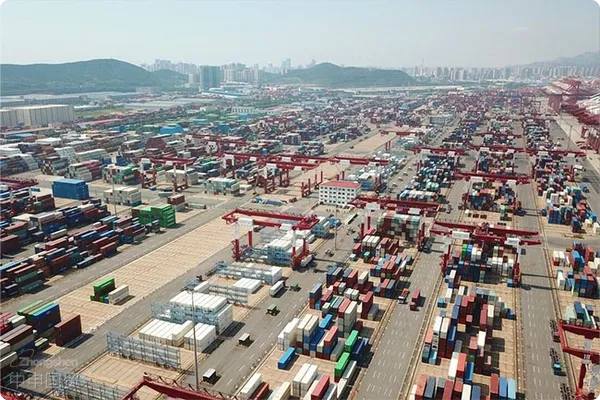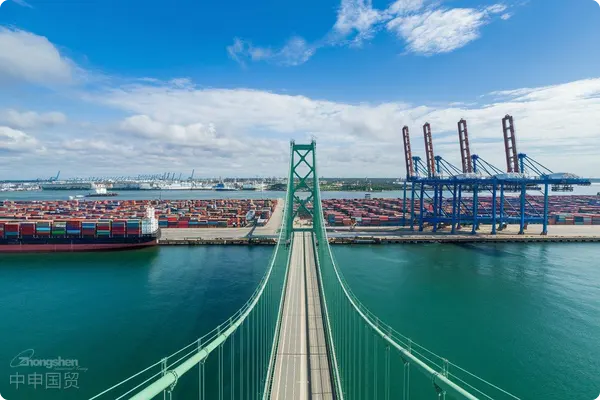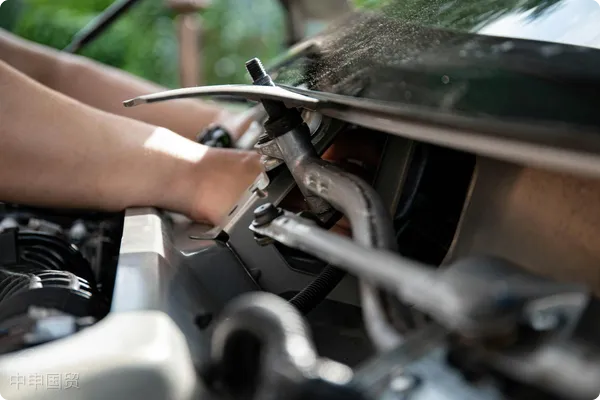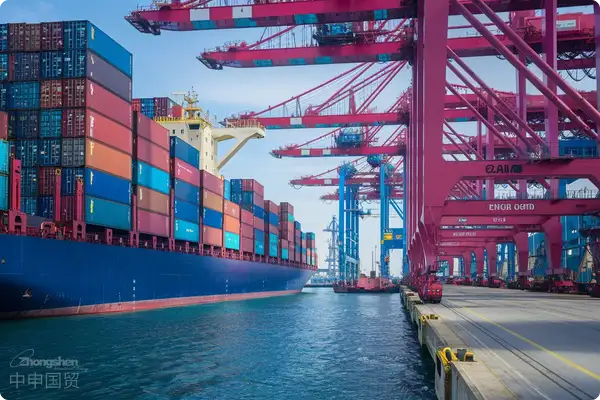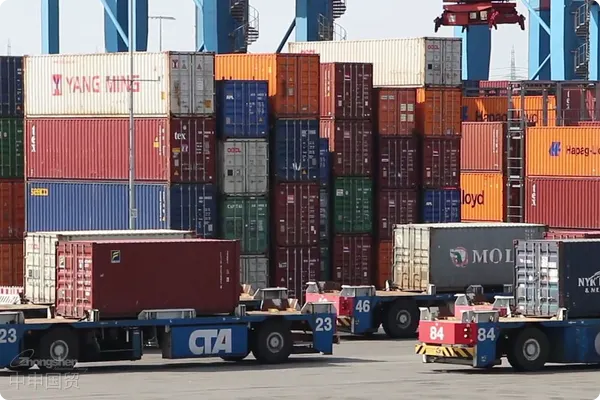- Shanghai Zhongshen International Trade Co., Ltd. - Two decades of trade agency expertise.
- Service Hotline: 139 1787 2118
Today, we explore a rare but highly challenging issue in practical business—re-importing exported goods. For goods that have already undergoneExport Clearanceprocedures, if a foreign customer requests a return, how should these goods be declared upon re-importation to China? Let’s delve into this process to ensure smooth operations.
First, if the foreign customer requests a return and the goods remain unprocessed, a straightforward return procedure can be followed—a relatively simple and compliant approach. According to customs regulations, if goods are returned from abroad in their original condition, enterprises may provide relevant documentation and apply for a return procedure, allowing the goods to be re-imported duty-free. This means the goods can re-enter the country without incurring additional import taxes, making it the most economical option for businesses.
However, this re-import process has a critical time constraint—it must be completed within one year. Specifically, the return procedure must be finalized within one year from the date of export clearance. If this deadline is missed, the return may involve additional complexities or even disqualify the goods from duty-free treatment. Therefore, when deciding whether to proceed with a return, it is essential to verify the timeline and ensure all procedures are completed within the stipulated period.

Legal basis
According to the Regulations on the Completion of Goods Declaration Forms of the Customs of the Peoples Republic of China:import and exportUnder Article 57 of the Administrative Measures on Goods Taxation (Customs Order No. 124), if exported goods are returned due to quality or specification issues, the importer must submit relevant documents and proof during the import declaration process. Upon customs verification, these re-imported goods may be exempt from import duties and other taxes. This regulation provides a clear legal basis for handling export returns and significantly reduces cost burdens for enterprises.
Simply put, when imported goods first enter the country, enterprises need to pay customs duties and value - added tax. These taxes occur within the country, not during the production and sales abroad. Therefore, these taxes are not for refunding. That is to say, after imported equipment enters the country, if there is no further special treatment (such as re - export), it cannot enjoy the tax - rebate policy. If you want a tax rebate, you need to look for the tax policy of the importing country, not our domestic import policy.
In practice, enterprises must prepare necessary documents and evidence, such as the original export declaration and a detailed explanation of the return reason, to prove the goods are returned unaltered. After submission, customs will review the materials and decide whether to approve the duty-free return. For special cases—such as returns due to product quality issues or customer-specific requirements—enterprises are advised to consult directly with the intended customs port to ensure proper procedures.
Additionally, during the return process, enterprises should maintain clear communication with customs to stay updated on policy changes. If uncertainties arise, it is best to contact customs directly or engage a professional customs broker to ensure smooth operations.
Summary
Re-importing exported goods is a relatively complex operation, but if conditions are met and procedures followed correctly, enterprises can return goods duty-free. When processing returns, pay close attention to the time limit and ensure all documentation is prepared and submitted as required. This article aims to clarify the re-import process, helping businesses navigate similar challenges confidently and minimize unnecessary costs and complications.
Related Recommendations
Learn
Contact Us
Email: service@sh-zhongshen.com
Related Recommendations
Contact via WeChat

? 2025. All Rights Reserved. 滬ICP備2023007705號-2  PSB Record: Shanghai No.31011502009912
PSB Record: Shanghai No.31011502009912
